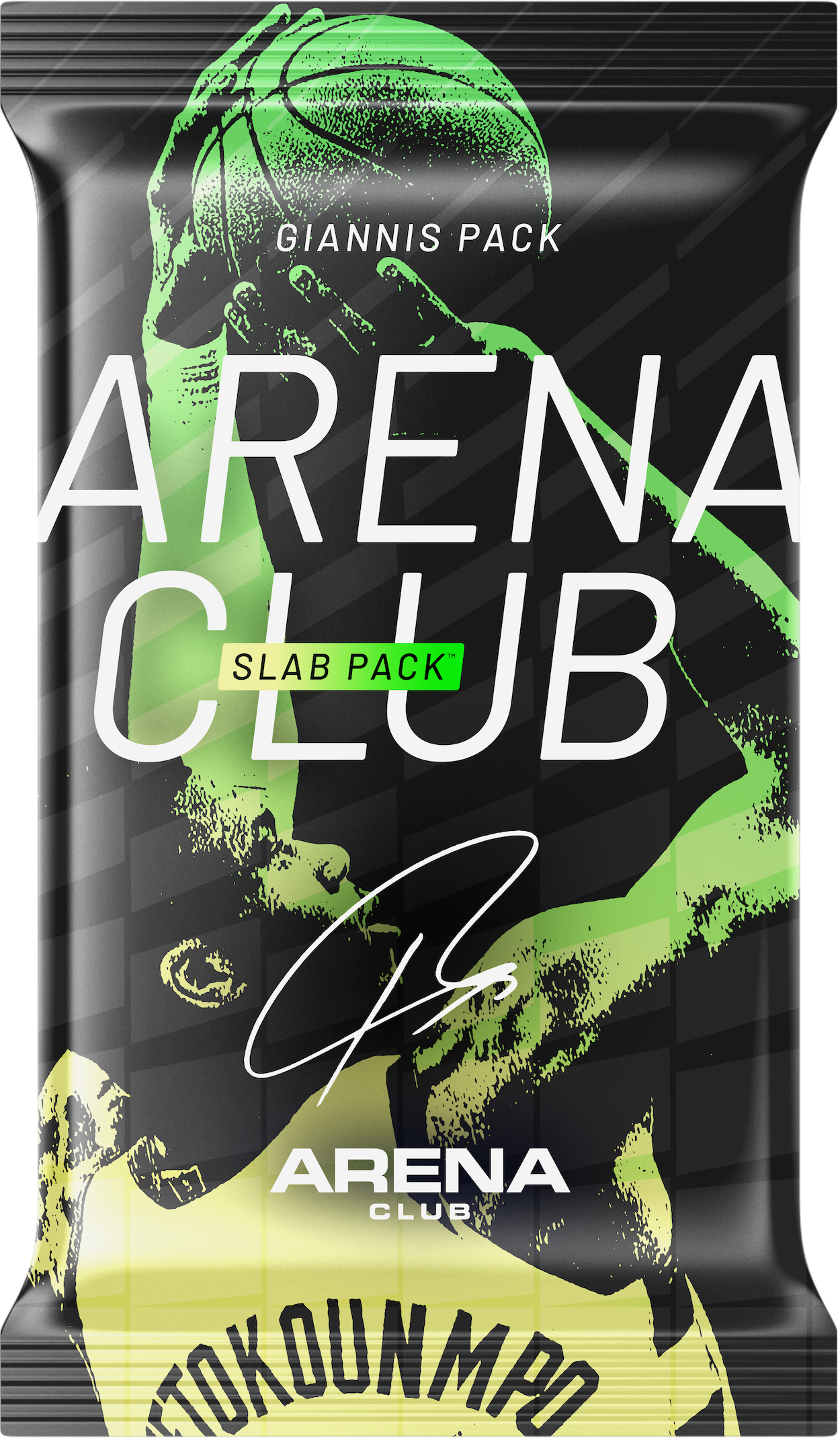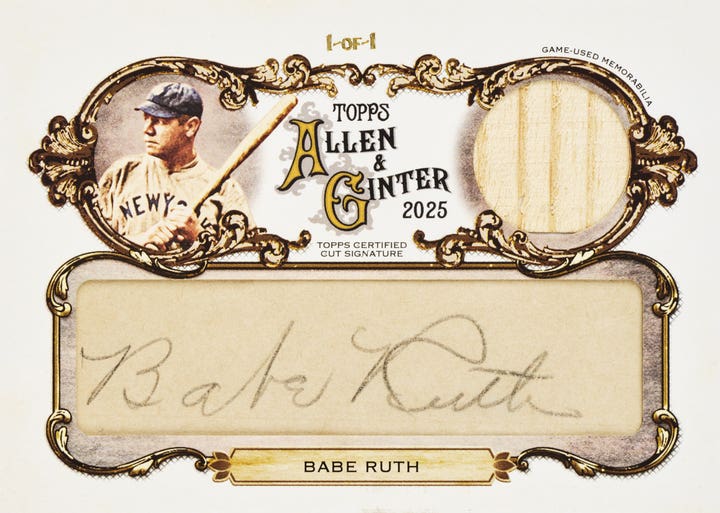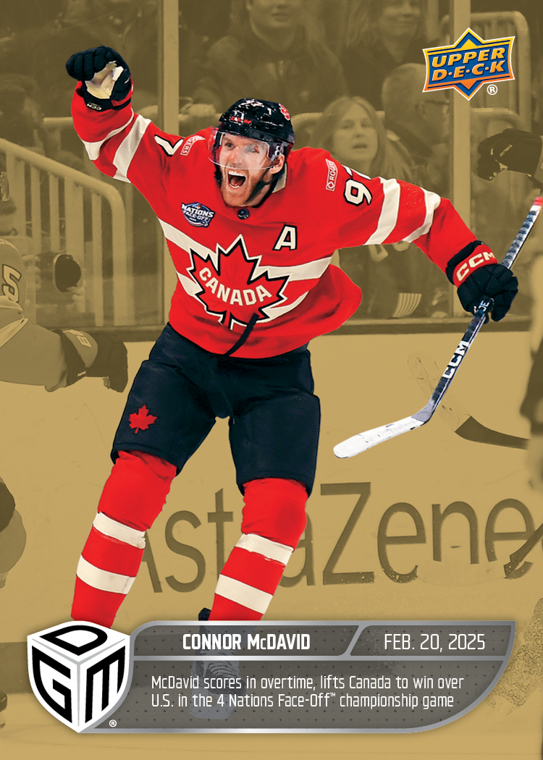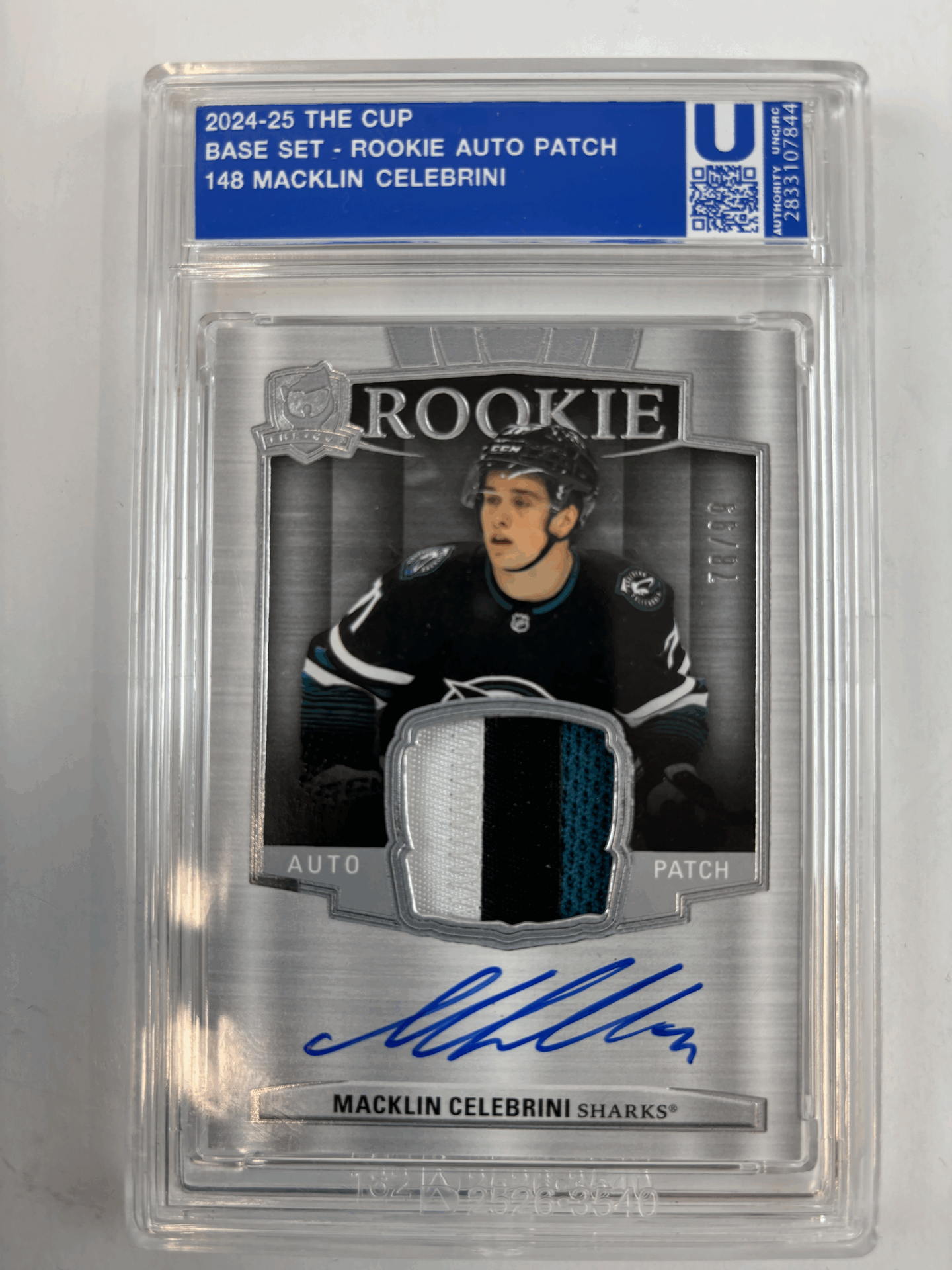Grading Cards
A world that took me by surprise: card grading
Shortly after graduating college with a journalism degree, I was hired for my first job – but not as a writer. I have always been aware of Sports Collectors Digest in the little city of Iola, Wis., and after I found out that the publishing company Krause Publications was starting a card grading division, it was a no-brainer that I should give it a whirl. In the summer of 2001, I became the company’s first hire as a card grader for SCD Authentic.
I was always a bit skeptical about jumping into the grading world so late, but our holders were second-to-none in the industry, at least as far as eye-appeal was concerned, and after seeing many of my college classmates still out there looking for jobs or accepting run-of-the-mill, entry-level positions at insurance companies, it made my decision to start grading cards that much easier.
I highly doubt that I’ll ever have a career more unique than what I experienced for those two years, before SCDA eventually closed its doors on grading life in 2003. If you think of it, I was probably one of only a few dozen or so graders in the world. Not many people can say that.
Before I took the job, I was an avid card collector and dabbled in the grading world by sending at least a few hundred cards in to be slabbed by other companies. I thought I knew it all. As a cocky 21-year-old kid, I had no clue what I was in store for as a card grader.
Card grading is a lot more than checking out corners, centering and surface. I was used to buying cardboard from the 1980s on up, and I never had the chance to purchase some cards that walked through the doors at the SCDA office. Everything came through … Mantle rookies, tobacco cards; I even had a chance to examine Larry Fritsch’s T206 Honus Wagner and 1932 U.S. Caramel Freddy Lindstroms (Yep, that’s plural. He had the only two examples of that card).
So, I had to expand my horizons out of the world of 1987 Topps and venture into the realm of 1953 Jackie Robinsons and 1957 Johnny Unitas rookies.
The folks at Krause were very good about preparing me for what was in store for a potential card grader. Krause hired Joe Merkel, who arguably was the man who invented grading and was once owner of SBC and SGC. Merkel is a very interesting guy and one of the most detail-oriented “professors” I’ve ever dealt with.
I had no idea how much card doctoring went on with vintage material until I met Merkel. Just because a card was measured as too short doesn’t automatically mean it’s trimmed. It could be a factory miscut and a totally legitimate, original card. That’s when turning the card on its edge came into play. Was there a rotary cut, guillotine cut or did the cut look unoriginal? Those are the things a grader has to determine.
Trimming aside, were the borders really that white on that ’52 Mantle or was some funny business going on? Bleach, egg white, Wite-Out, you name it. I’ll never forget when I was learning how to grade cards and we had a pristine 1954 Topps Hank Aaron. I was sold that it should grade out at an SCDA 9. Joe got a huge smile on his face, due to the fact that he would have the chance to teach me a lesson in power erasing (what the heck is that?). A card-doctoring tactic that I previously had never heard of was a procedure that the card crook would perform with an eraser-type device in order to even off the white borders to make the card appear that it was perfectly centered.
I haven’t even told you about counterfeits yet. In my opinion, all counterfeit cards are pretty easy to detect, but I would get a chuckle out of how many fakes came through the door that were so deliberately messed with in order to deceive. Card crooks trying to pass their fakes through would rub dirt on the cards, bend them up, round the corners or even rub bodily fluids into the cardboard (I know that’s sick, but trust me, it happens).
Now content at the same company as an editor and columnist for SCD, I rarely miss sitting in the small, dark grading room looking at other people’s cardboard gems. Although, when I’m at a card show, from time to time, I will pick up a 1971 Topps black-bordered card just to see if it exhibits one of those amateurish black-markered corner jobs that I so frequently experienced in the wonderful world, or not so wonderful world, as a card grader.
Check out Chris Nerat’s blog, Gavel Chat at: gavelchat.sportscollectorsdigest.com. Readers may reach him at Chris.Nerat@fwpubs.com or call him at (800) 726-9966, ext. 13452.








